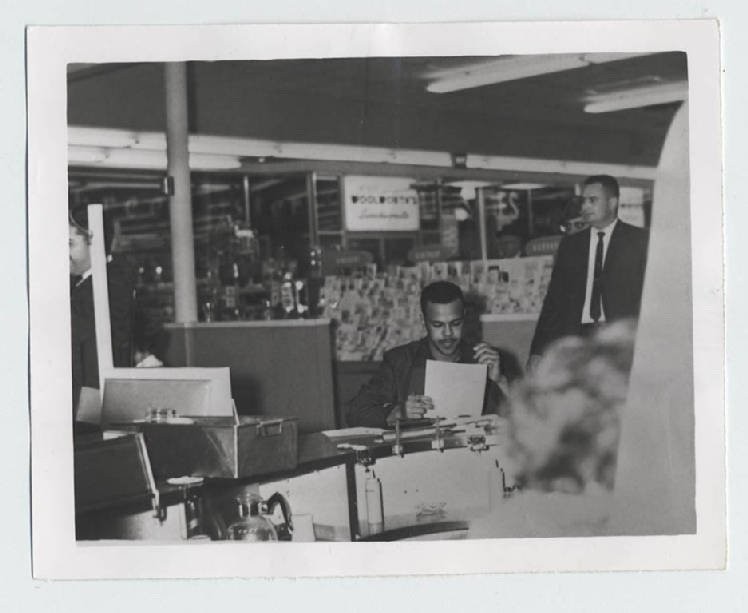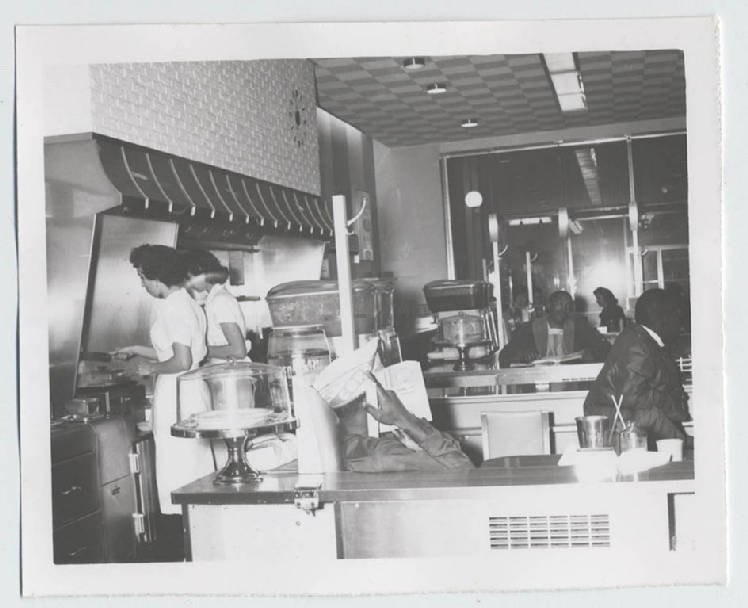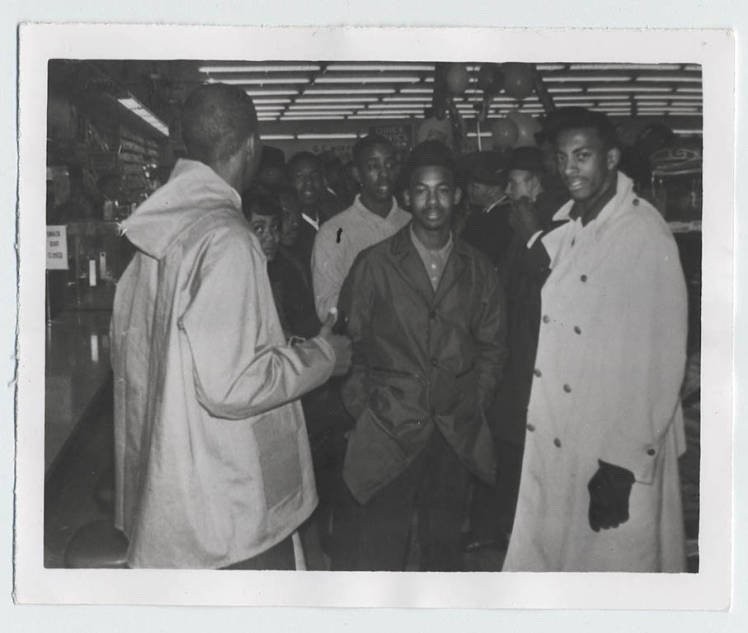Civil Rights Sit-ins at Woolworths and Sears Coffee Shop
Introduction
Text-to-speech Audio
Images

Photo from Jan. 31, 1962 sit-in at Woolworth's

Photo from Jan. 31, 1962 sit-in at Woolworth's

Photo from Jan. 31, 1962 sit-in at Woolworth's


Sources
In The Shadows of Birmingham: The 1962-1963 Huntsville Civil Rights Movement, J.Brandon Curnel, 2016
Beside the Troubled Waters: A Black Doctor Remembers Life, Medicine, and Civil Rights in an Alabama Town, Dr. Sonnie W. Hereford III & Jack D. Ellis, 2011
The Jack Rabin Collection on Alabama Civil Rights and Southern Activists, held at Penn State University Libraries Digital Collections, https://digital.libraries.psu.edu/digital/collection/rabin/search/searchterm/Jack%20Rabin%20Collection%20on%20Alabama%20Civil%20Rights%20and%20Southern%20Activists%2C%201941-2004/field/collec/mode/exact/conn/and?fbclid=IwAR0U9Wb4XmzLiUD_5ooFc3WWXMGDpixW0_2j61Llvh-SawI0r2Xk01aOK7U
